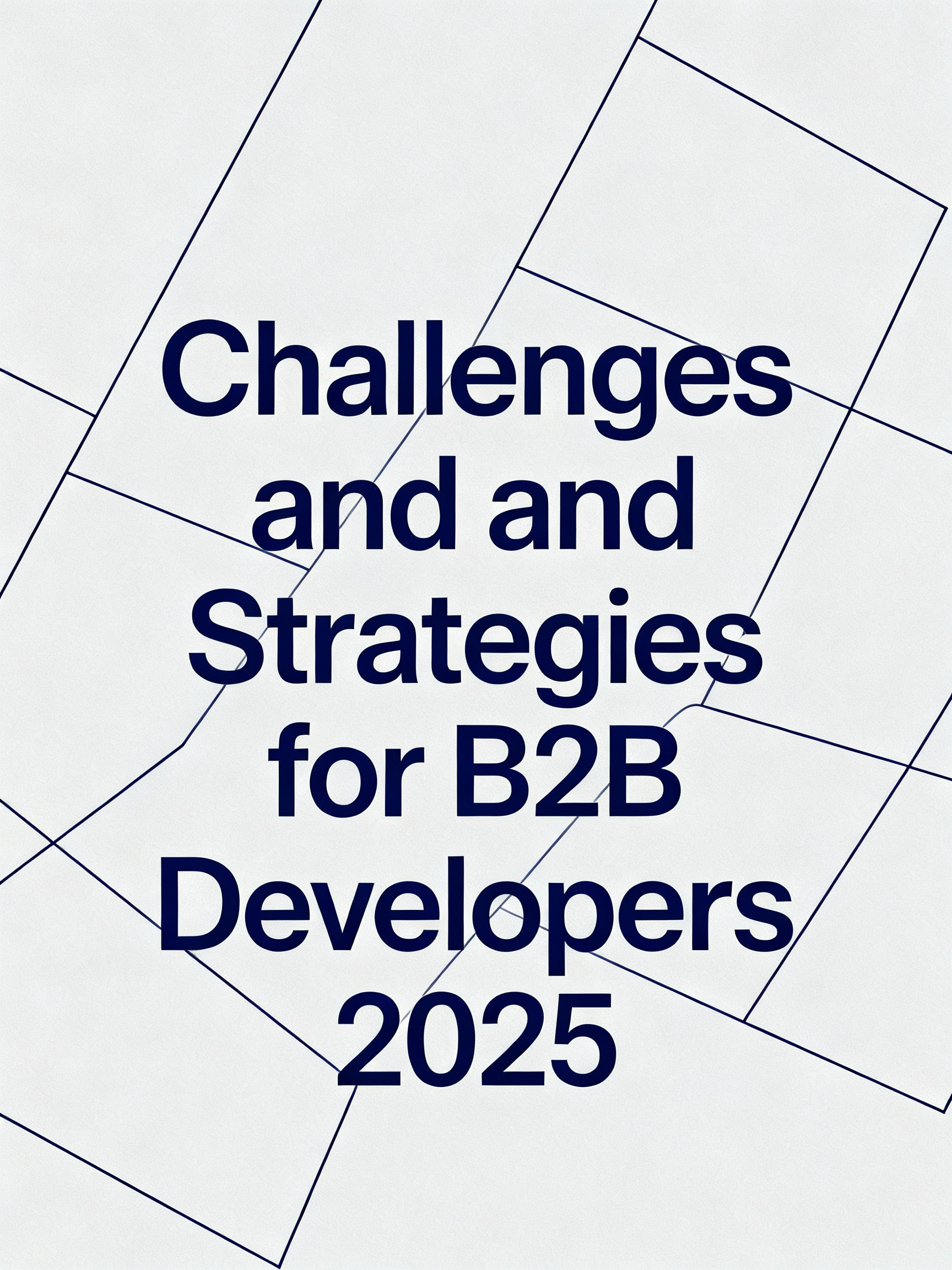
B2B development in 2025 demands security-by-design, AI-aware architectures, and measurable performance gains—especially on WordPress stacks integrated with CRMs, CDPs, and marketing automation. The teams that win pair airtight fundamentals with modular patterns that adapt to rapid change.
1) Security and Compliance Under Real Pressure
B2B sites are prime targets: form endpoints, plugin supply chains, CRM webhooks, and admin roles are common attack vectors. Beyond breaches, privacy violations can stall deals during security reviews.
- Implement a secure SDLC: threat modeling per feature, dependency scanning, code review checklists, and quarterly pentests.
- Harden WordPress: least‑privilege roles, MFA on all admins, locked-down XML‑RPC/wp‑login, WAF, auto‑patching, and signed updates.
- Data governance: consent logs, purpose-based data stores, field-level encryption for PII, and ROT (retention) policies mapped to contracts.
2) Performance vs. Feature Creep
B2B marketing stacks can bloat fast—page builders, tracking scripts, chat, and personalization. Core Web Vitals directly affect lead quality and organic acquisition.
- “Budget first” approach: set performance budgets (LCP ≤ 2.5s, CLS ≤ 0.1, INP ≤ 200ms) before adding features.
- Optimize the stack: defer noncritical JS, use server‑side rendering where possible, compress images/fonts, reduce third-party tags via a consented tag manager.
- Database discipline: index hot queries, offload cron jobs, and archive logs; add object caching and full‑page caching.
3) Integration Complexity (CRM, MA, ERP)
Leads, attribution, and revenue ops hinge on reliable data flow. Mismatched schemas and brittle one‑off hooks create invisible leaks.
- Contract-first integrations: define schemas, error codes, retry/backoff, and idempotency up front.
- Middleware pattern: centralize transformations and observability; avoid burying logic inside scattered plugin hooks.
- Robust webhooks: verify signatures, queue events, and reconcile nightly with a checksum job.
4) AI Adoption Without Regressions
AI can accelerate content ops, enrichment, and personalization—but unmanaged it inflates JS bundles, hallucinates, or breaks compliance.
- “AI where it fits” policy: prioritize backend AI jobs (classification, enrichment, routing) over client-side UI bloat.
- Guardrails: prompt versioning, input/output validation, PII redaction, audit logs, and human‑in‑the‑loop for public content.
- Personalization minimalism: server-side variants keyed to 2–3 high-signal attributes; cache-safe rendering to preserve speed.
5) Scaling and Reliability for Campaign Peaks
Product launches and webinars can 10× traffic; if the site stalls, paid budgets burn and attribution breaks.
- Horizontal-ready hosting with autoscaling, CDN on all assets and HTML, and cache pre-warming for landing pages.
- Circuit breakers: degrade gracefully by disabling noncritical widgets under load.
- Synthetic checks and scenario tests: form submit, email confirmation, CRM create, analytics fire.
6) Content Ops That Proves ROI
Leadership funds what it can measure. B2B buyers want proof and clarity—not fluff.
- Build topic clusters tied to pipeline stages; refresh top URLs quarterly.
- Instrument content: attribution models with UTMs, scroll depth, copy interactions, and post‑submit revenue matching.
- Ship calculators, audits, and checklists as lead magnets embedded in posts.

